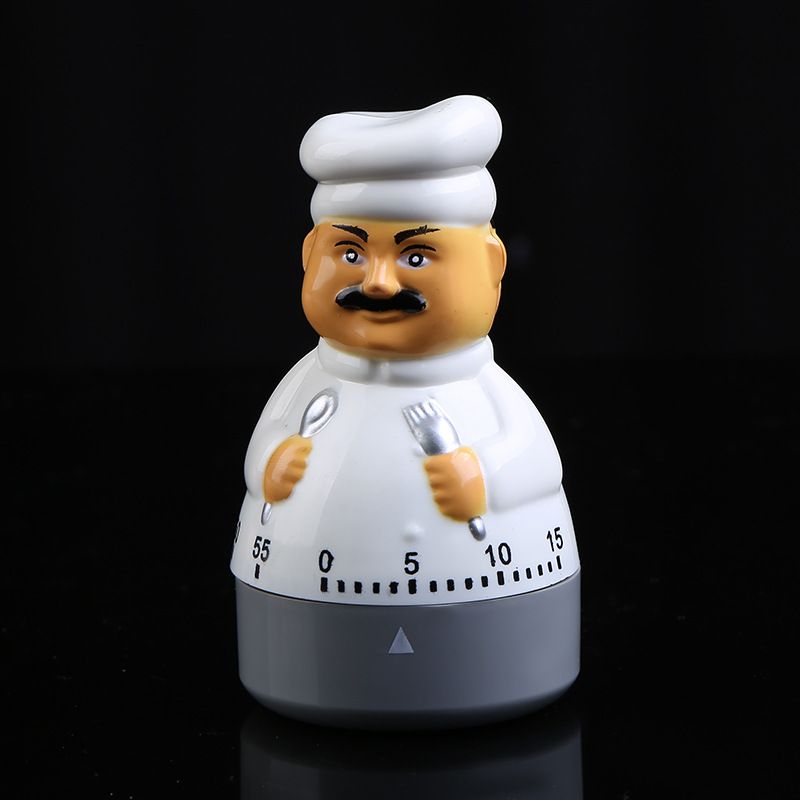

Only a thousand years remained until the invention of the mechanical movement. The hourglass was invented around the 3rd century BC in the Middle East and Ancient Greece. Chinese and Indian water timers acted the other way around - an empty hemisphere with a small hole at the bottom, floating in the pool, gradually filled with water. In Babylon, Ancient Egypt, and Ancient Greece, water slowly flowed out of a filled vessel. The water clock helped people count the hours and minutes for a long time - the clepsydras heard the speeches of ancient Roman orators and helped the kings to be punctual. From the glass cylinder, water flowed out in a thin stream, perhaps then the expression "time is up" appeared.

In the Middle Ages, time was measured by marks on candles.Ĭlepsydras or water clocks appeared about half a millennium later than the fire ones, they were invented by the ancient Babylonians and Egyptians. After the invention of glass, the functions of the fire clock were transferred to lamps with marked divisions - minutes and hours ran away along with the burnt out oil. When the stick decayed to the mark, the ringing of the ball that fell on the stand was heard. Metal balls were often attached to the marks. Sticks or spirals with marks were made from the mixture. The dry wood was ground into powder and mixed with incense. About 3000 years ago they were used in China, Japan, India, Greece and Persia. The ancient ancestors of timers are fire clocks. After the specified time has elapsed, an audible signal sounds. Timer is a device that measures a specified time interval from the moment of start.


 0 kommentar(er)
0 kommentar(er)
